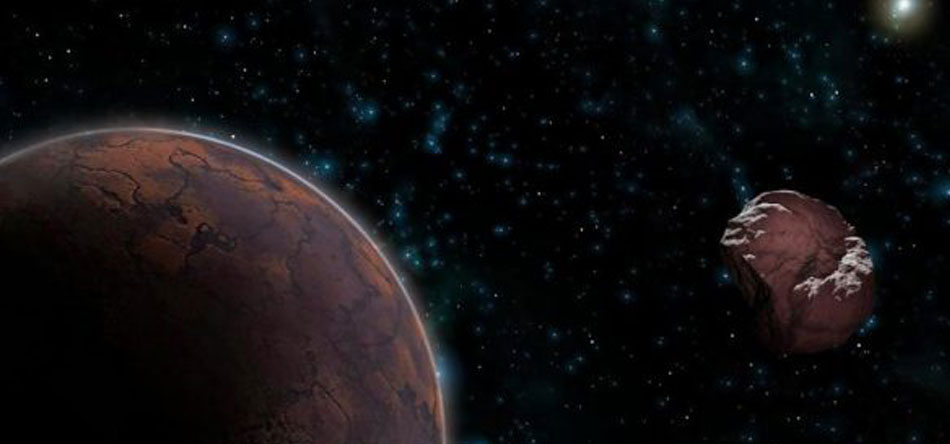Recently the regular press has been abuzz with the possibility of more Planets than the putative ‘Planet Nine’ posited by Mike Brown & Konstantin Batygin.
Finding Planet Nine: a Monte Carlo approach
Ref: de la Fuente Marcos, C. & de la Fuente Marcos, R. 2016, Monthly Notices of the Royal Astronomical Society
Dynamical impact of the Planet Nine scenario: N-body experiments
Ref: de la Fuente Marcos, Carlos, de la Fuente Marcos, Raúl, & Aarseth, Sverre J. 2016, Monthly Notices of the Royal Astronomical Society
Commensurabilities between ETNOs: a Monte Carlo survey
Ref: de la Fuente Marcos, C. & de la Fuente Marcos, R. 2016, Monthly Notices of the Royal Astronomical Society
In the 3rd paper we find these interesting hints:
The average value of the barycentric semimajor axis of (90377) Sedna and 2007 TG422 is 504 au. On the other hand, the equivalent mean value for 2004 VN112, 2010 GB174 and 2013 RF98 is 332 au. These five objects are part of the set of six singled out by Batygin & Brown (2016). The associated period ratio for these two sets of ETNOs is 1.87. In the main asteroid belt, this ratio is obtained for objects trapped in the 5:3 mean motion resonance with Jupiter and those in the 3:1, that is one of the main resonances in the outer belt (Holman & Murray 1996). Making a dynamical analogy between the two situations and decomposing Eqn. 1 in two we have: (ap/504)3/2 = 5/3 and (332/ap)3/2 = 1/3. The average of the two values of ap is ~700 au which is the favoured value for the semimajor axis of Planet Nine in Batygin & Brown (2016). The 1.8 commensurability has a statistical significance of 239σ for heliocentric orbits, the 1.89 commensurability has 51σ for barycentric orbits (see Fig. 3). This is unlikely to be mere coincidence.
…thus the orbits of the Extreme Trans-Neptunian Objects (ETNOs) very strongly suggest they’re in commensurate orbits with Planet Nine. But what of the other ETNOs?
Another example of the potential implications of our findings arises when we focus on 2003 HB57, 2015 SO20, 2005 RH52, (445473) 2010 VZ98 and 2013 GP136, the first two could be in a 3:2 resonance with a hypothetical planet at a = 213 au, with the other three in a 5:3 resonance with the same planet. In this framework, the pair 2003 HB57 and 2015 SO20 would be in a 10:9 accidental resonance with the other three ETNOs. A ratio of periods ~1.1 is present in both the main asteroid belt and the trans-Neptunian belt.
The 1.1 commensurability has a statistical significance of 76σ for heliocentric orbits and 61σ for barycentric orbits (see Fig. 3). On the other hand, the 1.65 commensurability is present for both heliocentric (192σ) and barycentric (131σ) orbits; a similar analysis focusing on 2003 HB57, 2013 GP136, (82158) 2001 FP185 and 2002 GB32 is compatible with a hypothetical planet at a = 329 au considering resonances (3/1)(5/9)=5/3~1.66. With the currently available data, degenerate solutions are possible, but they still hint at a multiplanet scenario.
Thus by the same reasoning for Planet Nine at 700 AU, the data is hinting at two more worlds at 213 and 329 AU. What will they be like? Patryk Lykawka suggested back in 2008 that a Mars-to-Earth mass object (or objects) sculpted the inner Kuiper Belt – the suggested Planets 10 & 11 could well be such. Another study by Laskar et al posited a 0.15 Earth mass object caused Uranus to roll over in its orbit, so it’s another candidate.


One Reply to “Planet Nine, Ten, Eleven…”
Comments are closed.